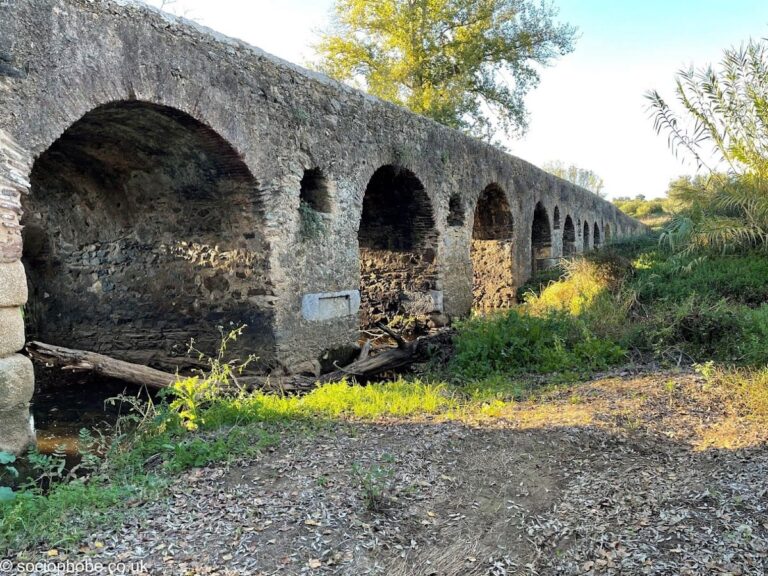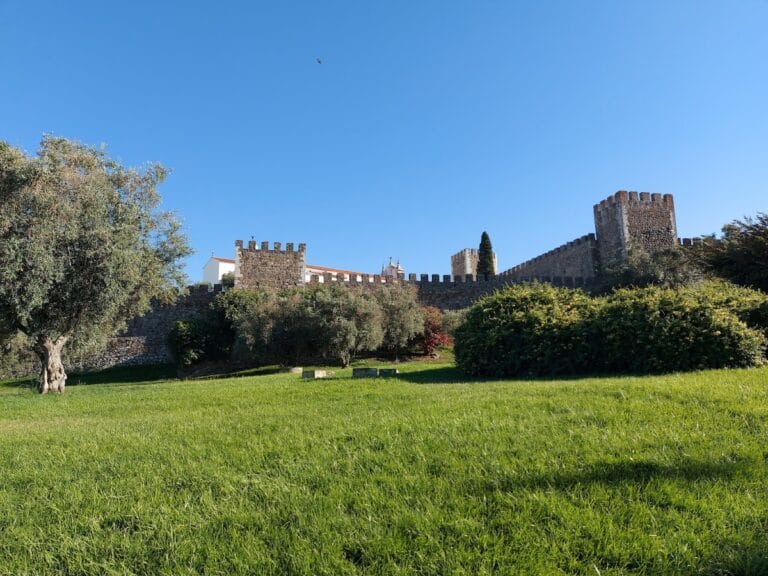Castle of Vidigueira: A Historic Fortress in Portugal
Visitor Information
Google Rating: 4
Popularity: Very Low
Google Maps: View on Google Maps
Country: Portugal
Civilization: Unclassified
Remains: Military
History
The Castle of Vidigueira is located in the municipality of Vidigueira, Portugal. It was originally built by the Portuguese during the 13th century as part of a strategic plan to repopulate and defend the Guadiana frontier under King Afonso III.
In its early history, the castle was established under the stewardship of Mestre Tomé, who served as treasurer of Braga Cathedral and was the first donatary responsible for erecting and strengthening the castle as a military stronghold. By the early 14th century, control of the castle and village had returned to the Portuguese Crown during the reign of King Denis. Later, in 1385, King John I granted Vidigueira to his constable Nuno Álvares Pereira, a notable military leader. The castle then passed by marriage into the possession of the House of Braganza, a prominent noble family in Portugal.
The surviving fortified tower was constructed during the first half of the 15th century, specifically under Fernando I, Duke of Braganza. Following the confiscation of Braganza estates in 1483, the castle came back under Crown administration. However, King Manuel I reversed this confiscation around 1500, issuing a municipal charter (foral) for Vidigueira circa 1512, reaffirming royal favor in the region. Subsequently, King Manuel I granted Vasco da Gama, the renowned Admiral of India, the title of the first Count of Vidigueira in recognition of his voyages. In 1519, Vasco da Gama purchased the castle and its associated palace from the House of Braganza and relocated his residence from Évora to Vidigueira, establishing the castle as his family seat.
While the original palace adjoining the castle no longer remains, a Manueline-style window was preserved and transported from Vila de Frades, a territory once held by the Counts of Vidigueira. The castle itself saw a decline over the centuries but was recognized as a Property of Public Interest in 1970 and later entrusted to the national architectural heritage institute in 1992. Since 2021, the local municipal government has assumed responsibility for its maintenance.
Remains
The site primarily consists of a tall, rectangular tower known locally as the Atalaia das Vidigueiras. Positioned alone upon a plateau on the western edge of the town, this tower stands within an urban environment surrounded by modern buildings. Its construction features regular masonry walls, though the materials are described as “soft construction,” suggesting the use of less durable stone or a simpler building technique.
Originally built in the first half of the 15th century, the tower was subjected to several modifications over time, reflecting its continual adaptation rather than a single building campaign. Today, the tower exists partly in ruins, lacking its original roof and the merlons—upright sections often found atop parapets used for defense. No protective coverings shelter the remains from the elements, contributing to its weathered state.
Access to the tower is gained via a southwestern wall fragment, which has been repurposed to form a staircase leading upwards. On the southeastern face of the tower, a noteworthy carved stone bears the coat of arms associated with the Counts of Vidigueira. This heraldic emblem shows a central shield adorned with five smaller shields arranged in a cross pattern, a traditional symbol in Portuguese heraldry.
Adjacent to the main tower stands a finely crafted Manueline window, an ornamental style characteristic of early 16th-century Portuguese architecture that incorporated maritime and botanical motifs. This window was relocated from Vila de Frades, an estate tied historically to the Counts of Vidigueira, and is believed to have originated from the now-absent palace once connected to the castle. The window remains as a singular architectural fragment hinting at the former grandeur of the noble residence that accompanied the fortress.
Together, these elements offer insight into the layered history of the Castle of Vidigueira, from its military beginnings through noble occupation, and into its current status as a protected historical monument under local stewardship.










